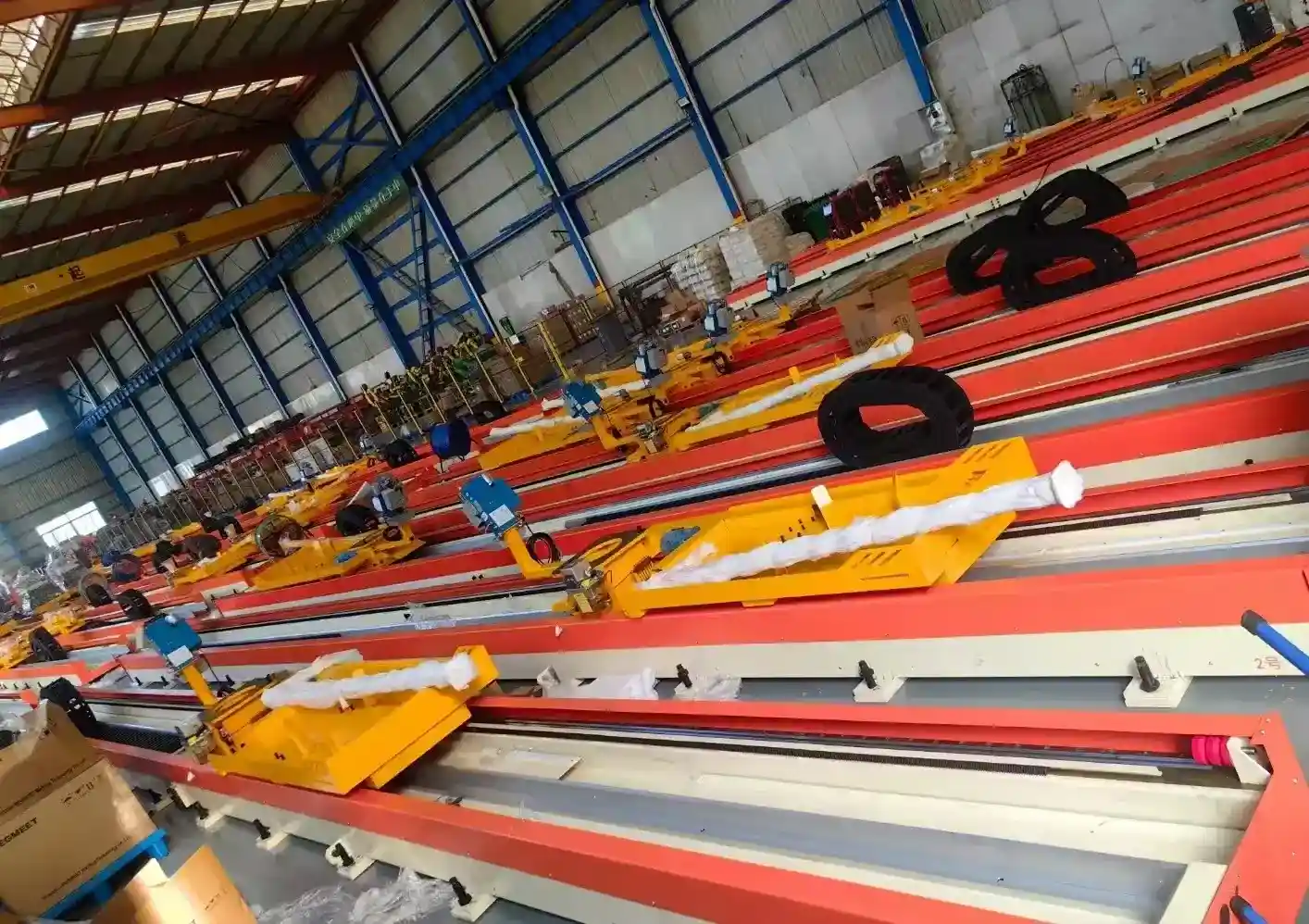- This topic is empty.
-
AuthorPosts
-
2025-08-18 at 2:03 pm #4211
In the rapidly evolving world of automation and robotics, the industrial robot base plays a crucial role in determining the performance, stability, and overall functionality of robotic systems. As industries across the globe continue to integrate robotics into their operations, understanding the components that contribute to robotic success is essential. One of the most critical yet often overlooked components is the industrial robot base. This foundational element supports the robotic arm, serves as the structural core, and ensures the robot functions efficiently and reliably. This article Shuoer will explore the key features of the industrial robot base, providing valuable insights for manufacturers, engineers, and decision-makers looking to optimize their robotic systems.
What Is an Industrial Robot Base?

An industrial robot base is the foundation upon which an industrial robot is mounted. It provides stability and support to the entire robotic arm, enabling it to perform tasks with precision and accuracy. The base is typically constructed from durable materials like steel or aluminum to ensure long-lasting performance even under demanding conditions. The industrial robot base is designed to house key mechanical and electronic components such as actuators, sensors, and control systems. It acts as the point of contact between the robot and the floor or mounting surface, ensuring that the robot remains firmly in place while carrying out complex tasks.
While the robot arm performs the intricate movements, the base must absorb forces and vibrations, preventing movement instability or failure. A well-engineered robot base contributes to smoother operations and ensures the overall success of the robotic system.
Key Features of an Industrial Robot Base
1. Structural Integrity and Stability
The most essential feature of the industrial robot base is its ability to provide structural integrity and stability. The base is designed to withstand high levels of stress, pressure, and force generated by the robot's movements. Since robots are often used in fast-paced, high-precision environments, the base must remain rigid to avoid any deformation or misalignment during operation.
The base structure needs to distribute the weight of the robot and any payloads evenly, ensuring that the entire system maintains a balanced center of gravity. A stable base prevents wobbling or tipping, enabling robots to perform precise motions and reduce errors in tasks like assembly, welding, or painting.
2. Material Selection and Durability
Industrial robots are designed to operate in harsh environments, including manufacturing floors with high levels of heat, dust, humidity, and vibration. Therefore, the industrial robot base must be constructed from materials that can withstand these conditions. Common materials used in the construction of robot bases include steel, cast iron, and high-strength aluminum alloys. These materials are durable, corrosion-resistant, and capable of withstanding the wear and tear of long-term industrial use.
The material chosen also affects the weight of the base. A heavier base generally provides more stability, while a lighter base might be used for robots that need to be more mobile or require faster acceleration. The balance between weight and stability is a critical consideration in base design.
3. Integration with Robotic Components
The industrial robot base is not just a support structure; it is also the home for several key components. These include the drive systems, motors, and sensors that help control the robot's movements. The base design often incorporates mounting points for these components, ensuring that they are securely positioned and aligned with the robot arm's axes.
In modern robots, these components are integrated into the base, allowing for more compact and efficient designs. The seamless integration of power supply, control units, and cables into the base simplifies maintenance and helps keep the robot system as streamlined and efficient as possible.
4. Movement and Flexibility Options
While the industrial robot base is typically stationary, certain robots feature bases that allow for mobile or flexible movement. These robots, often referred to as mobile robots, are equipped with wheels or tracks to move across the factory floor. The base of these robots needs to incorporate a motorized drive system that can propel the robot and allow it to navigate the workspace autonomously or via remote control.
The flexibility of movement offered by mobile robot bases adds an additional layer of functionality, as they can be used in dynamic production environments where tasks and workflows may change. For instance, automated guided vehicles (AGVs) often rely on mobile robot bases for material handling and transportation.
The industrial robot base is a foundational component that supports the robot's structural integrity, precision, and reliability. Whether for mobile robots or stationary systems, the design and material selection of the base play an integral role in the robot's performance. From automotive manufacturing to electronics assembly, the industrial robot base is critical for ensuring that robots perform with the highest levels of accuracy, stability, and durability. By understanding the importance of the industrial robot base, businesses can make better decisions regarding robotic systems, optimizing production processes and enhancing overall operational efficiency.
https://www.shuoermetals.com/Automated-Robot-Base.html
http://www.shuoermetals.com
Wuxi Shuoer Intelligent Technology Co., Ltd. -
AuthorPosts
- You must be logged in to reply to this topic.
